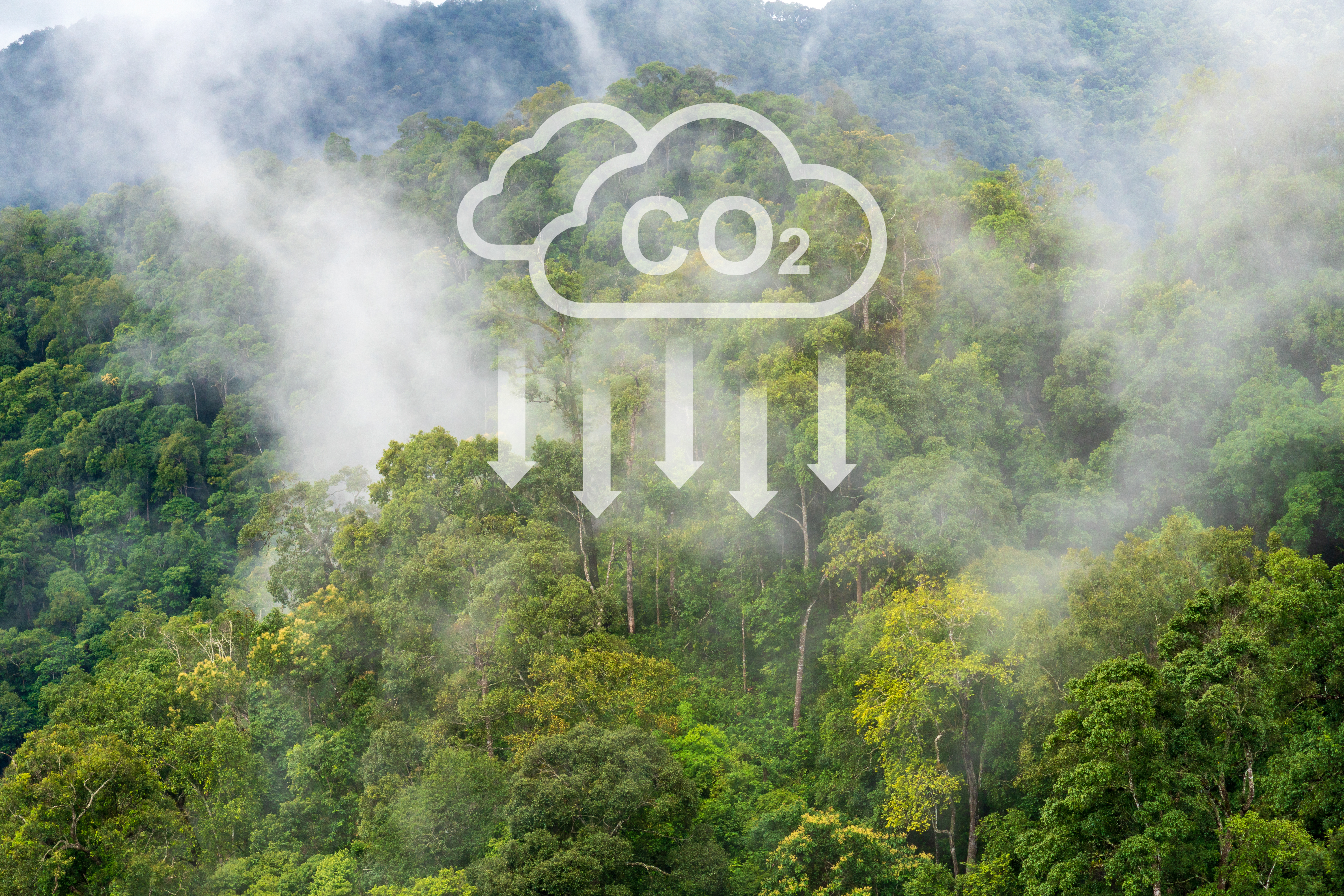
Our Titanic is sinking – should we plug the holes, or pump the water out? How about both?
By David Oliver
When the Titanic hit the fatal iceberg in the Northern Atlantic in April 1912, the captain rushed to close the 16 watertight compartments across the ship, hoping that no more than four of those would be flooded. At the same time, he also ordered the water pumps to pump out the water that was filling the bow compartments. No one on the Titanic questioned whether they should do one or the other. Unfortunately for the celebrated ship, its crew and passengers, neither the watertight compartments nor the water pumps were enough to stop the Titanic from sinking.
Yes, we’ve already hit the iceberg, and we’re sinking, fast. That is the conclusion that the scientific community has reached in recent years. Decades ago we tried to steer the boat away from the iceberg, but we’ve now taken a hit, and water is coming in fast. According to the latest IPCC report, we have barely over a decade to prevent irreversible damage. So, what should we do?
There is a heated debate among experts regarding which measures we should implement first, which ones should be considered later, and which ones we shouldn’t do as they are ineffective. Each opinion has its own merits; however, some voices are starting to sound the alarm calling for an “all-hands-on-deck” approach. There is no time left for debates and try-outs: it’s not either this or that anymore, it’s both, and all the above. If we want to avoid our only boat from sinking, we better use every tool available in the toolbox.
In the carbon world, the debate is mostly centered around whether or not carbon offsetting is a valid tool to fight climate change, and if so, should carbon removals (i.e., activities that reduce the amount of carbon emitted into the atmosphere) be prioritized over carbon avoidance (i.e., activities that prevent carbon from reaching the atmosphere)? So far, the Paris Agreement – Article 6 confirmed the important role that carbon markets have in the fight against climate change, but offer no guidance on the debate of removals versus avoidance. COP28 in the UAE in November may provide more concrete answers. But for now, despite the still-too-high cost of carbon removal solutions, markets favor both avoidance and removal offsets.

If we equate our current climate situation to that of the Titanic, the debate around carbon offsets becomes a lot clearer. First, we need to stop taking water in (aka. carbon avoidance) AND we need to pump the water out (aka. carbon removal or sequestration). Unless we apply both, at scale, and immediately, we may not be able to stop the ship from sinking. This is where carbon markets come in.
Unless we are ready to radically change our lifestyles and the economic model of capitalism, we need ways to incentivize behavior change that aligns with our climate targets. We must transform our carbon-intensive economy into a “carbon economy” where carbon impact is one of the key elements that prices everything we do and consume. That doesn’t mean additional taxation, making life less affordable; rather, it means rewarding “good” behavior that supports reaching our climate targets.
Today, individuals or companies that take action and proactively purchase or use low-carbon products and services do so on their own “goodwill,” and are usually penalized by paying a so-called “green premium.” After all, it is assumed that a sustainable product will be more expensive than one that is “unsustainable,” right? But, what if we could leverage existing carbon markets to reward those sustainable choices? Suddenly, our financial interests would be aligned with our environmental interests. Capitalism working towards a greener planet, instead of against it.
Now, it is quite clear that, historically, the majority of offset projects have not delivered on their promises to actually reduce or remove the emissions. An EU-commissioned report in 2016 stated that approximately 85% of CDM projects did not meet the necessary safeguards to ensure that claimed emission reductions were indeed real. However, and despite past failures, offset projects can be a force of good when implemented correctly. Accountability and transparency should be paramount for any project that claims a positive impact on the environment – this is why it is critical to develop mechanisms to ensure these projects meet the highest standards. Thankfully, there are a number of current initiatives trying to do just that, such as the Task Force on Climate-related Financial Disclosures, and others.
The arguments in favor or against carbon offsets won’t settle anytime soon. Neither will those of proponents of carbon removals versus carbon avoidance. In my humble opinion, none of it matters. Water is reaching the deck level and we are running out of time. It’s time to stop talking, and take action, even if none of the solutions are bulletproof. In the meantime, I’ll continue working every day to implement large-scale decarbonization solutions.
And to those who’d rather continue arguing, I’d invite them to join Isaac Cordal’s famous art installation dubbed “Politicians Discussing Global Warming.”

